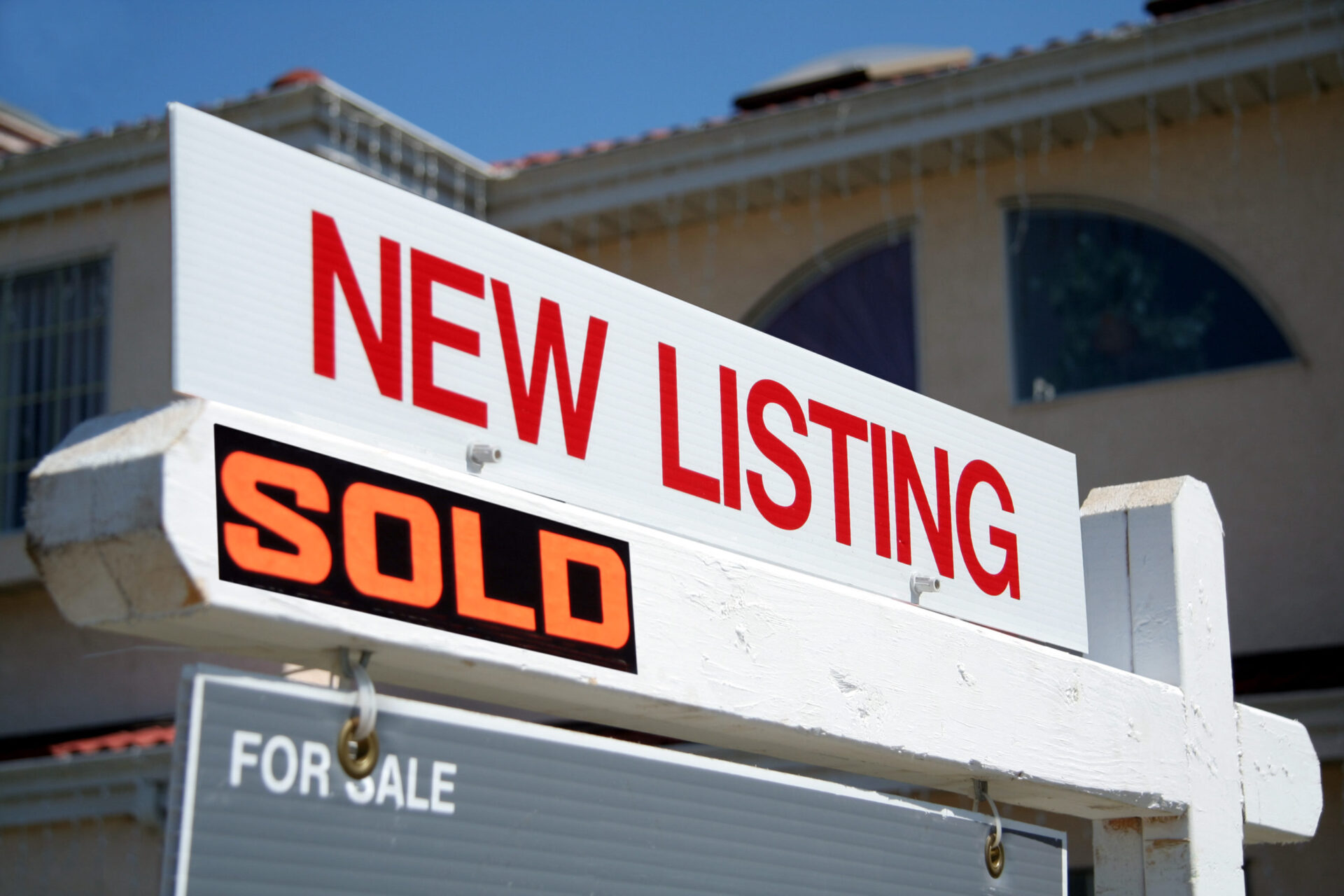What do rising interest rates mean for homebuyers?
A whole lot, it turns out.
A new report released by Redfin on Monday found that homebuyers lose $23,250 in spending power with a mortgage rate of 3.25 percent versus a 2.75 percent rate, where they were sitting earlier this year.
For example, a homebuyer can afford a $506,000 home for $2,500 per month at a 3.25 percent interest rate – down from the $529,250 they could afford on the same budget with a 2.75 percent rate. To put it another way, the monthly payment on a $506,000 home would rise $110 with the higher mortgage rate, from $2,390 to $2,500.
“If the $1.9 trillion economic stimulus package that’s set to provide cash relief to Americans and get people back to work is successful, interest rates are likely to inch back up to pre-pandemic levels of about 3.5 percent. That would alter the dynamics of the housing market, though it wouldn’t necessarily put a damper on it,” Redfin Chief Economist Daryl Fairweather said. “The financial relief coming to families earning less than $150,000 will give more of them the desire and means to buy a home. That will result in more demand for affordable homes. That’s different from what we’re seeing now, which is a housing market driven by wealthy people purchasing relatively expensive homes.”
As of last week, interest rates averaged 3.02 percent – well up from the 2.65 percent in early January.
“The small increase in mortgage rates has had zero impact on buyers so far,” Seattle Redfin agent Ben Stanfield said. “Rates are still historically low and they’re still keeping buyers in the market. Even though rates are creeping up, they’re not increasing nearly as quickly as home prices. If you can buy, it’s a good idea to buy now before homes become even more expensive.”
Redfin reports that 68.4 percent of homes nationwide that were for sale any time between January 26 and February 25 were affordable on a $2,500 monthly budget at a 3.25 percent interest rate. With a 2.75 percent rate, 70.1 percent of homes were affordable on that budget.
Here’s how the market looks in metropolitan areas across the country:
| Metro area | Share of homes affordable on a $2,500 payment @ 2.75% | Share of homes affordable on a $2,500 payment @ 3.25% | Change in share of homes affordable, 2.75% vs. 3.25% |
| Atlanta, GA | 79.5% | 77.7% | -1.7 pts |
| Austin, TX | 65.5% | 63.3% | -2.2 pts |
| Baltimore, MD | 80.2% | 78.5% | -1.7 pts |
| Birmingham, AL | 87.7% | 87.3% | -0.4 pts |
| Boston, MA | 36.5% | 33.8% | -2.7 pts |
| Buffalo, NY | 92.8% | 92.0% | -0.7 pts |
| Charlotte, NC | 79.9% | 78.4% | -1.5 pts |
| Chicago, IL | 76.3% | 74.7% | -1.6 pts |
| Cincinnati, OH | 86.4% | 85.6% | -0.8 pts |
| Cleveland, OH | 92.4% | 92.0% | -0.4 pts |
| Columbus, OH | 88.6% | 87.4% | -1.2 pts |
| Dallas, TX | 77.6% | 75.4% | -2.1 pts |
| Denver, CO | 56.3% | 52.5% | -3.7 pts |
| Detroit, MI | 93.3% | 92.9% | -0.4 pts |
| Hartford, CT | 88.0% | 86.7% | -1.3 pts |
| Houston, TX | 80.6% | 79.1% | -1.4 pts |
| Indianapolis, IN | 90.6% | 89.6% | -1.0 pts |
| Jacksonville, FL | 83.7% | 82.7% | -1.0 pts |
| Kansas City, MO | 84.8% | 83.5% | -1.3 pts |
| Las Vegas, NV | 79.7% | 78.0% | -1.7 pts |
| Los Angeles, CA | 17.6% | 15.8% | -1.8 pts |
| Louisville, KY | 90.1% | 89.5% | -0.6 pts |
| Memphis, TN | 89.1% | 88.1% | -1.0 pts |
| Miami, FL | 61.3% | 59.5% | -1.7 pts |
| Milwaukee, WI | 89.0% | 88.1% | -0.9 pts |
| Minneapolis, MN | 79.6% | 77.5% | -2.1 pts |
| Nashville, TN | 75.5% | 73.6% | -1.9 pts |
| New Orleans, LA | 80.6% | 79.2% | -1.4 pts |
| New York, NY | 33.9% | 32.0% | -1.9 pts |
| Oklahoma City, OK | 88.6% | 87.7% | -0.9 pts |
| Orlando, FL | 83.0% | 81.6% | -1.3 pts |
| Philadelphia, PA | 82.0% | 80.6% | -1.5 pts |
| Phoenix, AZ | 70.7% | 68.9% | -1.8 pts |
| Pittsburgh, PA | 89.1% | 88.4% | -0.7 pts |
| Portland, OR | 58.5% | 55.3% | -3.2 pts |
| Providence, RI | 77.4% | 76.0% | -1.4 pts |
| Raleigh, NC | 81.8% | 80.2% | -1.7 pts |
| Richmond, VA | 82.7% | 80.9% | -1.8 pts |
| Riverside, CA | 60.7% | 57.3% | -3.4 pts |
| Sacramento, CA | 50.6% | 47.0% | -3.7 pts |
| Salt Lake City, UT | 56.8% | 54.4% | -2.4 pts |
| San Antonio, TX | 86.5% | 85.1% | -1.4 pts |
| San Diego, CA | 23.1% | 20.6% | -2.6 pts |
| San Francisco, CA | 4.8% | 3.8% | -0.9 pts |
| San Jose, CA | 4.6% | 3.9% | -0.7 pts |
| Seattle, WA | 30.7% | 28.0% | -2.7 pts |
| St. Louis, MO | 89.6% | 88.8% | -0.7 pts |
| Tampa, FL | 81.4% | 80.2% | -1.1 pts |
| Virginia Beach, VA | 89.3% | 88.2% | -1.1 pts |
| Washington, DC | 58.7% | 55.8% | -2.9 pts |
| National | 70.1% | 68.4% | -1.7 pts |
